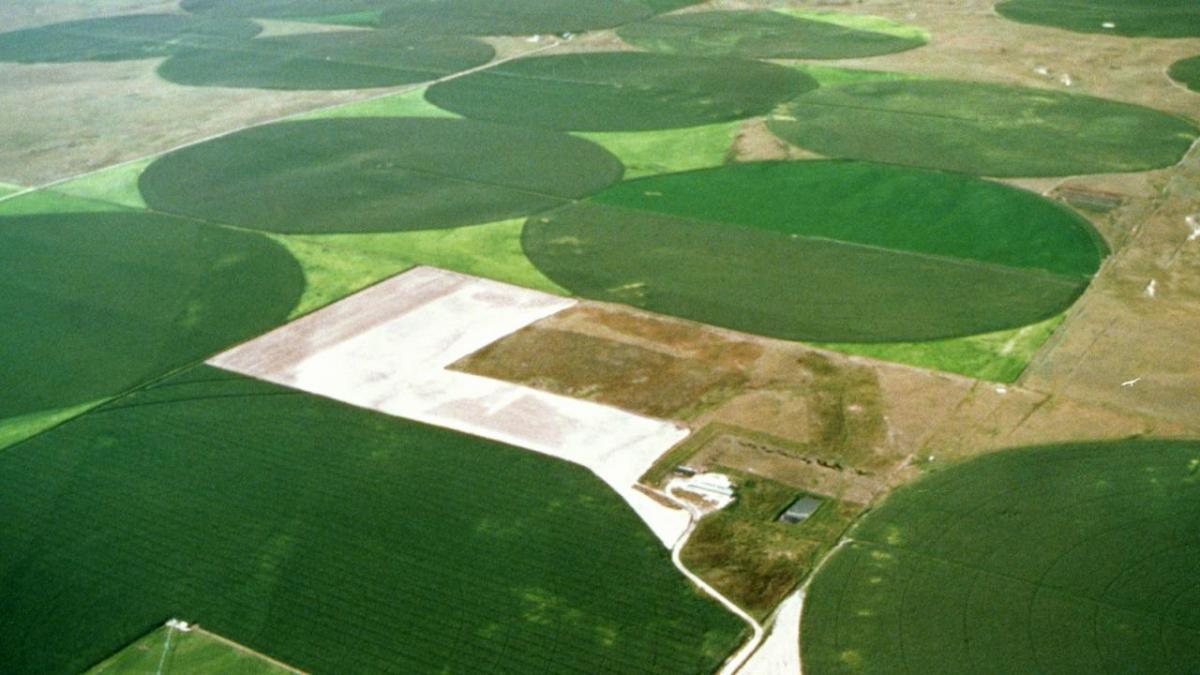USDA-NRCS Montana (Public Domain/Flickr).
Why are some Nebraska producers receiving offers for payment for increasing carbon storage on their land? President Biden wants the U.S. to achieve carbon neutrality by 2050, including agriculture. Carbon neutrality means achieving net zero emissions of greenhouse gases (GHGs) from burning fossil fuels. Because agriculture can significantly increase soil carbon storage, some are experimenting with carbon offsets, where producers are paid for e.g. converting to no till, or for using methane digesters to generate electricity from manure.
What agricultural practices hold the greatest potential to store GHGs in soil?
- Reforestation
- Forest management
- Avoided grassland conversion
- Cover crops
- Biochar
- Alley cropping
- Cropland nutrient management
- Avoided forest conversion.
Of these, the most cost-effective are cover crops, avoided forest conversion and avoided grassland conversion.
Who would buy these carbon offsets? It depends on whether they are purchased voluntarily or for regulatory compliance. Voluntary purchases are by companies who want to declare themselves to be “carbon neutral.” They’re not required to do this but may do so to demonstrate their concern for global warming. Regulatory purchases would be, for example, a cement manufacturer that is required to reduce its factory’s GHG emissions. If the regulatory program allowed it, some of the GHG reductions could be achieved by purchasing carbon offsets rather than making actual GHG emission reductions.
What is the difference between voluntary and regulatory carbon markets? To qualify for regulatory carbon markets, the offsets must be strictly verified to ensure that they reflect actual real-world GHG reductions. Voluntary carbon markets may have no verification requirements, or ones that are less rigorous. So purchased voluntary carbon offsets may or may not represent actual GHG reductions. Currently, the global regulatory carbon market is thin, but could grow if more countries work to achieve carbon neutrality by 2050.
Where does farming come into this? Agriculture and forestry could store up to 20% of current U.S. annual GHG emissions if farm and forest managers received sufficient incentives to adopt practices increasing soil carbon storage. Payment estimates range from $10/ton of carbon stored to over $100/ton. The companies with publicly announced ag carbon offset programs are implementing pilot projects to determine whether they will be able to participate in emerging regulatory carbon markets.
What is the difference between carbon markets and a carbon bank? Individuals buying and selling carbon offsets credits, either privately or on an organized carbon market (like the former Chicago Carbon Exchange), are examples of carbon markets. A carbon bank is a proposal for USDA to modify current conservation programs to make them more attractive to producers willing to increase carbon storage. The carbon bank would be designed to increase carbon storage in agricultural land, not to generate carbon offsets. USDA is likely to pilot a carbon sequestration conservation program soon to see whether it can be successfully scaled up to help achieve U.S. carbon neutrality by 2050.


